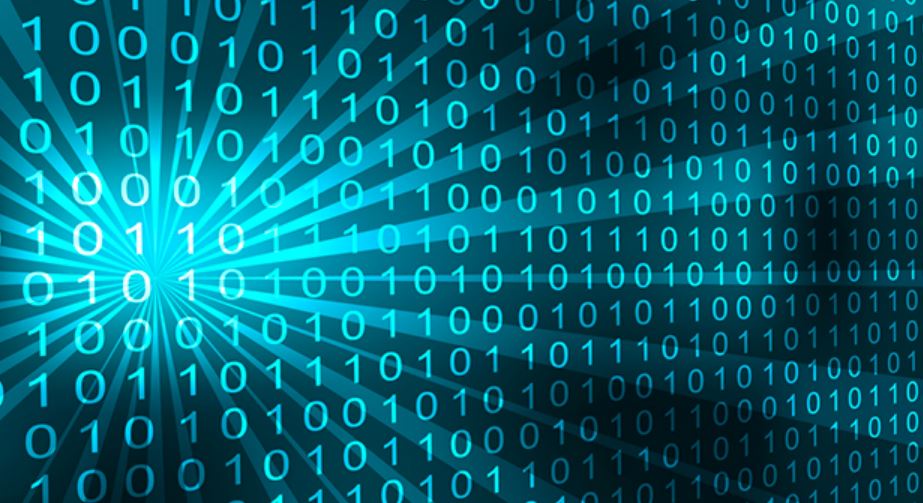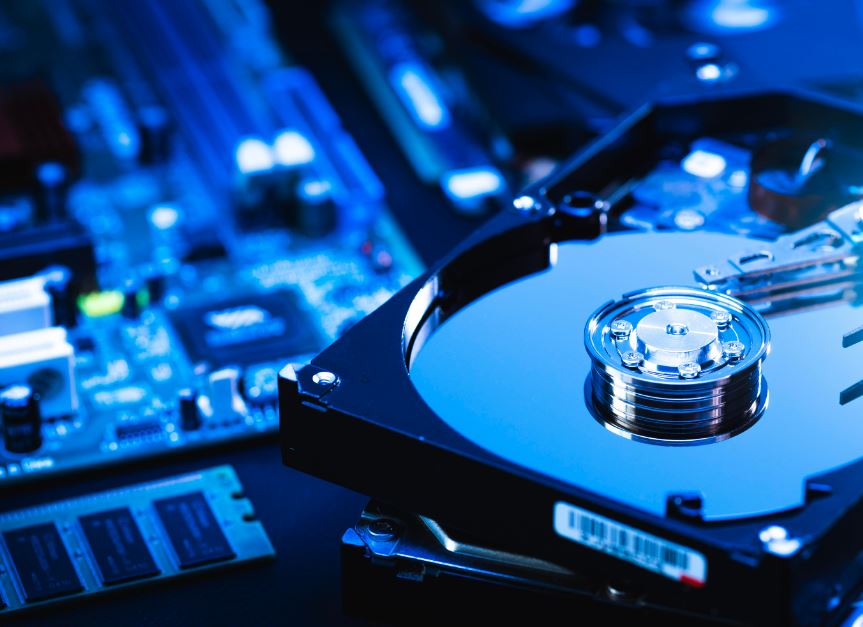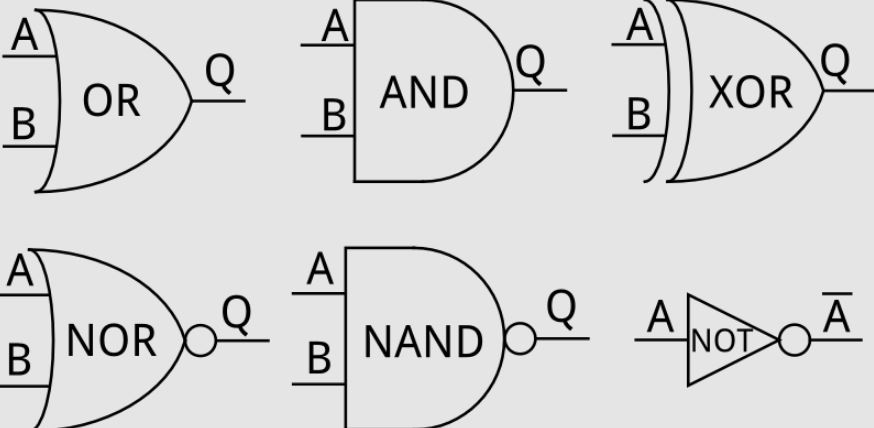The binary system, which is the basis of all contemporary digital computing, is the reason why computers store data as 0s and 1s. This is because computers depend on the binary number system.
Both the physical characteristics of computer hardware and the mathematical aspects of binary are taken into consideration while making this decision. A more in-depth explanation is as follows:

Binary System: Basics
Binary Digits: There are just two digits that are used in the binary number system: 0 and 1. These are referred to as “bits,” which is an abbreviation for “binary digits.”
Positional Value: Binary is a positional number system, which means that the value of each digit is determined by its location. This is similar to the decimal system, which employs ten digits, ranging from 0 to 9. Taking the binary number 101 as an example, it may be represented in decimal as 1×2 2 +0×2 1 +1×2 0 =4+0+1=5.
Hardware-Level Representation
Transistors: Transistors, which function as miniature switches, are the essential building blocks necessary for the construction of computer hardware. Each transistor has the potential to be either:
| On (1) | Allowing electricity to go through (which is indicative of a high voltage situation). |
| Off (0) | Blocking current (representing a low voltage). |
Voltage Levels: These two states, on and off, are a natural correspondence to the ones and zeros that are used in the binary system. Based on the straightforward nature of this on/off process, binary is an excellent choice for the representation of data in electrical circuits.
Data Storage

Memory Cells: The data that is stored in computer memory, such as Random Access Memory (RAM) or storage devices (such as solid-state drives and hard drives), is composed of billions of transistors, which are very small cells. Only one bit, either 0 or 1, may be stored in each cell.
Magnetic and Optical Storage: On hard drives, data is stored magnetically, and the orientation of magnetic particles signifies either 0 or 1 depending on the data location. A reflection of binary data may be seen on the surface of optical media such as CDs and DVDs, depending on whether or not pits are present.
Efficiency and Reliability
Simplified Circuit Design: Using binary logic makes the construction of circuits and processing units much easier to accomplish. It is possible to build logic gates (AND, OR, NOT, etc.) in a more easy manner when there are just two states. This allows for computations to be performed more quickly and efficiently.
Error Resistance: Errors are less likely to occur when using binary representation. When compared to a more sophisticated system (such as decimal or hexadecimal), binary storage is more dependable because it is less likely to misrepresent a binary state due to small fluctuations in voltage. Additionally, binary storage is more efficient.
Digital Logic and Computation
Boolean Algebra: Additionally, the binary system is compatible with Boolean algebra, which is a mathematical foundation that is necessary for the construction of digital logic. In order to carry out calculations, Boolean algebra makes use of binary variables and logical operations (AND, OR, NOT). As a result, binary is the most obvious option for describing and processing data in computers.

Machine Code: The most fundamental level of computer programming is known as machine code, and it is written in binary. Every single command that a central processing unit (CPU) carries out is encoded as a series of bits, which the processor then understands and acts upon immediately.
Historical and Theoretical Foundations
George Boole and Boolean Logic: The development of Boolean logic in the middle of the 19th century by George Boole is credited with laying the logical groundwork for binary in the field of computers. The application of Boolean logic to electrical circuits was subsequently carried out by Claude Shannon in the 1930s, which laid the foundation for the development of contemporary digital computers.
Turing Machines: Additionally, binary operations are used in the theoretical model of computing that was established by Alan Turing in the 1930s. This model serves as the basis for the field of computer science. The model developed by Turing demonstrated that every issue that could be computed could be addressed by a simple machine that worked with binary data.
Universality and Standardization

- Industry Standard: Over the course of time, binary evolved into the standard for digital electronics and computers, which ultimately led to its broad use in all types of digital technology. Binary is a universal language, which means that it may be used to provide compatibility and interoperability across various software and hardware systems.
Scalability and Complexity
Complex Data Structures: In spite of the fact that it is composed of just 0s and 1s, binary is capable of representing very complicated data and instructions by combining bits into bigger units such as bytes (eight bits), words (16 or 32 bits), or even more components. Because of its scalability, computers are able to handle everything from simple numerical data to intricate multimedia information.
Read more:- What is Cpu, Gpu, TPU and Npu ? How It Works ?

Hi, I’m Narinder Kumar, founder of BlogsBuz.com. I create articles and generate celebrity biographies, providing verified, up-to-date content. As an SEO expert and online tools creator, I also share practical tips on making money online, finance management, blogging, and passive income. My mission is to provide accurate information and keep you away from fake content, ensuring you stay well-informed and make smart decisions online.


Thanks for sharing. I read many of your blog posts, cool, your blog is very good.
🌟 Welcome to BlogsBuz.com! 🎉
Your one-stop destination for daily celebrity highlights, viral entertainment trends, and exclusive scoops you won’t see anywhere else. 🔥
👉 Stay updated! Turn on notifications and subscribe to our site for instant alerts on every new post, breaking update, and trending story.
💌 Loving the vibe? Share BlogsBuz.com with your friends and be part of our journey. With your support, we’ll climb the Google ranks and become the #1 hotspot for celebrity and entertainment enthusiasts. 🚀